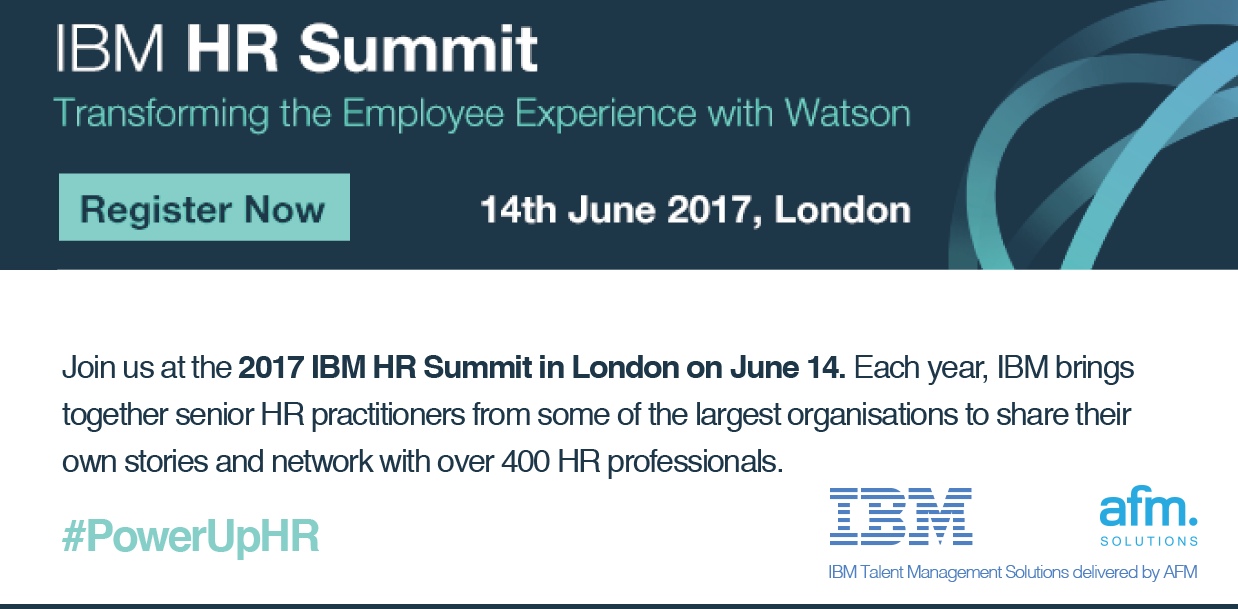This short video will take you through the key services we offer that will assist in a successful employee journey.
Recruitment and the subsequent onboarding process are key for you and your employee. The first days are important and high levels of engagement are needed to ensure close alignment of the employee’s initial enthusiasm for the organisation, for its values and aspirations, and the part that they hope to play in its success.
Key Actions
Make sure you have the best skills and reasoning tests and personality assessment tools and in-house training to support recruitment: the “right person for the right job”, with a full complement of the 4 “C’s”:
Capacity: The innate ability that we are born with
Capability: Skills acquired in life along the way
Commitment: The intent that we apply to achieving objectives
Culture: Degree of ready adaptation to new environments
Using SHL and Kenexa assessments will firstly drastically reduce the time and effort in selecting appropriate candidates from the pool; and secondly, with our personality assessments, your interviewers and managers will be provided with an unparalleled level of insight into your shortlisted candidates, with reports on likely personality traits and a wealth of lines of questioning and areas to explore with the candidate during the interview.
Engaging consultants from the People Performance Alliance will enable you to design surveys and benefit from valuable feedback, ensuring consistency between values, culture, expectations and behaviours. Check for inconsistencies between intention and reality in the new employee experience.
As employees move from dependence to independence, learning about their role and what is expected of them, they establish relationships with their work group and familiarise themselves with the processes, tools and procedures that they will need to work with in order to become productive and able to meet expectations.
Key Action
Employees’ experience is impacted by colleagues and managers and any leadership behaviours that they observe throughout the organisation. Employee surveys are critical to monitor engagement levels through the organisation.
Having established themselves as an expert in their field, the employee is a valuable asset to the organisation; however, the organisation expects that the employee will share that expertise with others, helping develop others by building on that expertise and passing this across and down through the organisation by sharing best practice and assuming more responsibility. Managers working within matrixed organisations need to be take on responsibilities for others, where they have the opportunity to develop others through delegation of responsibility and authority and coaching – in essence, managers begin to deliver more through colleagues and team members, developing capability in delegation, empowerment and coaching. As they transition into management, employees will need to evidence support for team members as well as how they feel about the support that they have received as they have moved into a management role.
Key Actions
Identification and preparation of future managers with the 4 “C’s”. Personality assessments from AFM Solutions can be of enormous assistance here with developmental needs, through an expansive portfolio of assessments that uncover innate traits, learned skills, and job/organisational fit for management roles.
Surveys should identify the nature of the employee's experience in delivering against expectations of the organisation and in their relationships with colleagues, management and leadership.
Development of line-manager capabilities.
Setting of expectations of what is expected of line managers and how they are supported in the development of their capabilities.
As employees progress in their careers, they pass through middle management roles: here they risk becoming "the filling in the sandwich" as they assume 2 key communication functions for the organisation in addition to ensuring that the work of the organisation is completed:
They help communicate and amplify the “corporate” vision and strategies throughout the organisation to ensure that employees at every level are aligned to its priorities and objectives.
They help to integrate the organisation, working across organisational boundaries to link up elements of the organisation into a whole.
Key Actions
Use IBM Kenexa assessments to identify the key traits in your potential middle management:
Analytical
Authority
Dependability
Detail Orientation
Development
Energy
Initiative
Team Orientation
Situational Judgment
Numerical Reasoning
Middle management training of how to add value as a coach - clarifying their role and developing associated skills
Leadership training in how to manage senior people.
The transition through to strategist requires the ability to look to the horizon, spot trends, threats, legislation and opportunities that could have an impact on the future of the organisation and lead that organisation in making the necessary changes to maintain competitive advantage. Leaders will evolve from this transition, presenting with high levels of autonomy and the ability to see opportunities to develop through participation in complexity and a changing environment.
Key Actions
Provision of strategic thinking and leading change development for leaders within the organisation.
Use IBM leadership assessments to identify potential leaders
Aligned closely with the transition from coach to strategist is the capability to align the organisation’s human resources to the vision of the organisation as it is moving through change. Change leaders guide their organisations through change management in the resetting of vision and strategy, assignment of sponsorship, cascading of communications through the organisation and the coaching of employees at every level to translate strategic change into actions.
Change leaders have the understanding and ability to deal with both the technical and people sides of change and to spearhead an organisation to maintain and improve its competitive advantage through such periods of change.
Tapping into the ‘pulse’ of the organisation during any disruptive periods of change is critical at these times, when the employee experience is most under threat: leaders have the dual responsibility of maintaining the state within which employees best operate and in disrupting the status quo in order to build competitive advantage.
Key Actions
Education as to what Leaders will require by way of skills and knowledge in managing change within the organisation
Pulse surveys to monitor the engagement of employees during periods of significant change
Exit Surveys are a key stage in the employee journey: feedback from leavers helps HR and business leaders with insights I how to retain talent, prevent bad hires, improve management practices and ultimately improve performance. No matter how excellent you believe your organisation to be, people are eventually going to leave and, as they do so, you might just get some insight into how to keep others.
Key Actions
Identify the reasons why employees leave and reduce the amount, cost and impact of preventable turnover, and investigate their view of: how well leavers felt they fit the role and the organisation, the support received, their experience of the organisational culture, standards and associated behaviour, role and reward of the leaver’s next position and overall impressions of the organisation.







